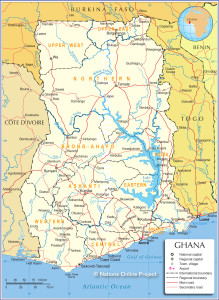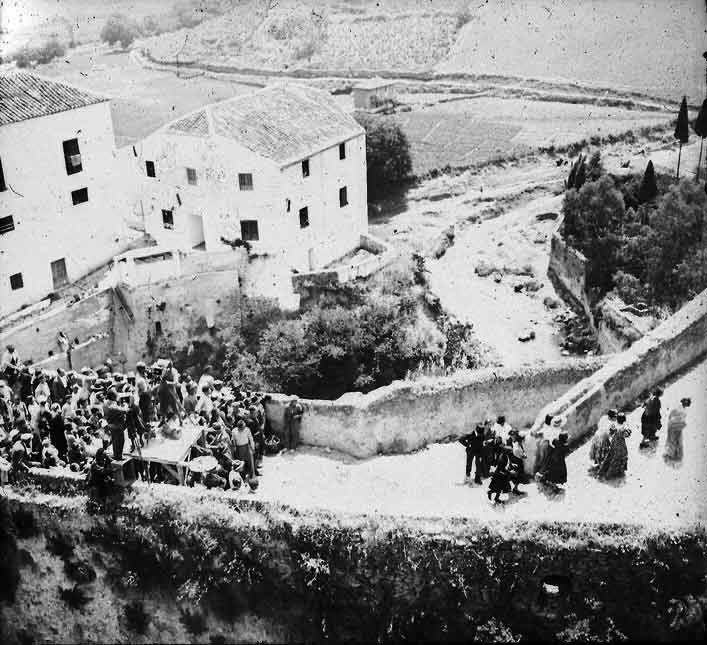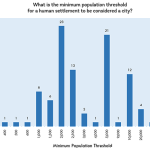Urban Joburg
![]() Joburg is a complex city. On the one hand, its (too) high crime rates, its traffic problems, its smog, its secluded suburbs and the large gap between rich and poor reflect a harsh reality that makes Joburg not exactly the easiest city to live in.
Joburg is a complex city. On the one hand, its (too) high crime rates, its traffic problems, its smog, its secluded suburbs and the large gap between rich and poor reflect a harsh reality that makes Joburg not exactly the easiest city to live in.
But on the other hand, beneath this tough exterior is a city that is almost caring, and that grips you in its all encompassing embrace. Its vivacious vibe, its engaging range of entertainment, its spectacular sunsets and its cosmopolitan citizenry somehow keep you enchanted and alive to this city’s magic.
It’s a paradox, but we think that’s really what defines Joburg. You cannot make sense of it. It doesn’t want you to make sense of it, nor will it present itself on a silver platter to you. It will allow you though to engage with it, and to find out not only what makes Joburg, Joburg, but what makes YOU a Joburger.
Urban Joburg and its sister site, JoziGram, are our way of engaging with this mammoth city, and also of allowing you a space to engage with it, think about it, interogate it, and love it. Hope you enjoy them.
Our History:
Urban Joburg was founded by Thomas Coggin in September 2009, who edited the blog up until May 2015 with Marius Pieterse. Since then it has grown to include over 4000 followers on both its Facebook and Twitter pages. The blog is edited at present by Julie-Ann Tyler. Julie-Ann is a Masters student in architecture, also at the University of the Witwatersrand.
Read more: http://www.urbanjoburg.com/



